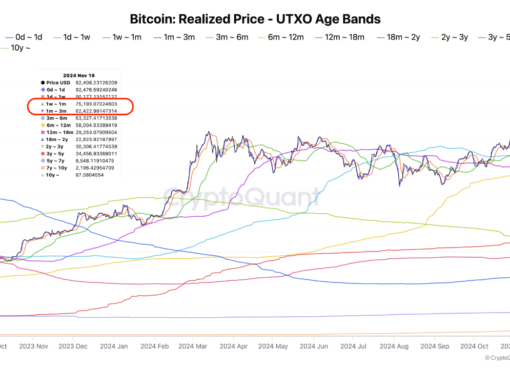Everyone agrees: Financial infrastructure is broken. We need a way to make cash flows deterministic. We should be able to set rules around trades and transfers. We should be able to do this without bloated back offices performing manual reconciliations and without requiring developers to integrate across an entire fragmented universe of systems built on COBOL and teetering on top of mainframes.
The race is on to solve these issues. On one team, cryptocurrency entrepreneurs are taking a first-principles approach, starting with completely new assets and new infrastructure in order to get “programmable money.” On another team, fintech builders are tackling the problem by building around the systems that already exist: Simple APIs will grant us “autonomous finance.” Both approaches promise a new day for the retail experience of finance, but they are taking very different paths to get there.
Jill Carlson, a CryptoX columnist, is co-founder of the Open Money Initiative, a non-profit research organization working to guarantee the right to a free and open financial system. She is also an investor in early-stage startups with Slow Ventures.
Programmable money is the aim of many cryptocurrency protocols and the goal of many applications built on Ethereum. Because cryptocurrencies are issued, owned, traded and settled in a natively digital form, they are able to be manipulated directly by code. Escrow terms, credit events, multiparty ownership and all manner of other interactions and behaviors can be enshrined in smart contracts. Again, the goal here is to replace the old intermediated and inefficient financial system that exists today. Projects like Compound are tackling this in money markets, Cozy in risk management and Uniswap in exchange.
Autonomous finance, on the other hand, does not seek to reinvent the system altogether. Rather, the aim is to build into and among the legacy infrastructure of finance, crafting middleware that enables money management to become “smart” and money movement to feel fast, even when running on old rails. Those taking this approach recognize that sometimes the most practical road to the future is actually just a patching and repaving of the asphalt.
While the larger cryptocurrency ecosystem has much more revolutionary aims over the long run, the immediate goals of the programmable money crowd are very much aligned with those of autonomous finance.
Plaid, which Visa has agreed to buy for $5.3 billion, is arguably the original in this category: enabling customers to make their financial data available to fintechs like neobanks, lenders and savings tools. Following Plaid, API tools have come along to tackle just about every vertical of someone’s financial life: their credit score, their payroll, their student loans, their insurance contracts. While Plaid is “read only,” many of these tools now offer read and write access, enabling fintech companies to make withdrawals and deposits from accounts programmatically.
While the larger cryptocurrency ecosystem has much more revolutionary aims over the long run, the immediate goals of the programmable money crowd are very much aligned with those of autonomous finance. We should be able to create or copy rulesets for our financial lives and let them run and optimize themselves. All of our bank accounts and financial products should be able to transact against each other without our involvement. Checking account running low and rent payment due? Your savings account should automatically cover it. Took out a loan and need to post collateral? Your brokerage account should be able to do so without even the touch of a button. Money should be self-driving.
Given the overlap of goals here, it is surprising to see that these two sides – decentralized finance and fintech APIs – rarely meet. Investors in crypto could learn many lessons from those in fintech who are deep in the weeds of what is practical and realistic within the constraints of the current system. Conversely, mainstream fintech investors may find compelling opportunities within the enormous, disruptive dream of cryptocurrency. Builders, too, would benefit.
Cryptocurrency entrepreneurs and protocol developers might find that they are already using (and could benefit from further leveraging) the APIs and tools being developed in the world of fintech. And fintech builders may find their minds opened to larger horizons by spending a bit of time down the crypto rabbit hole.




